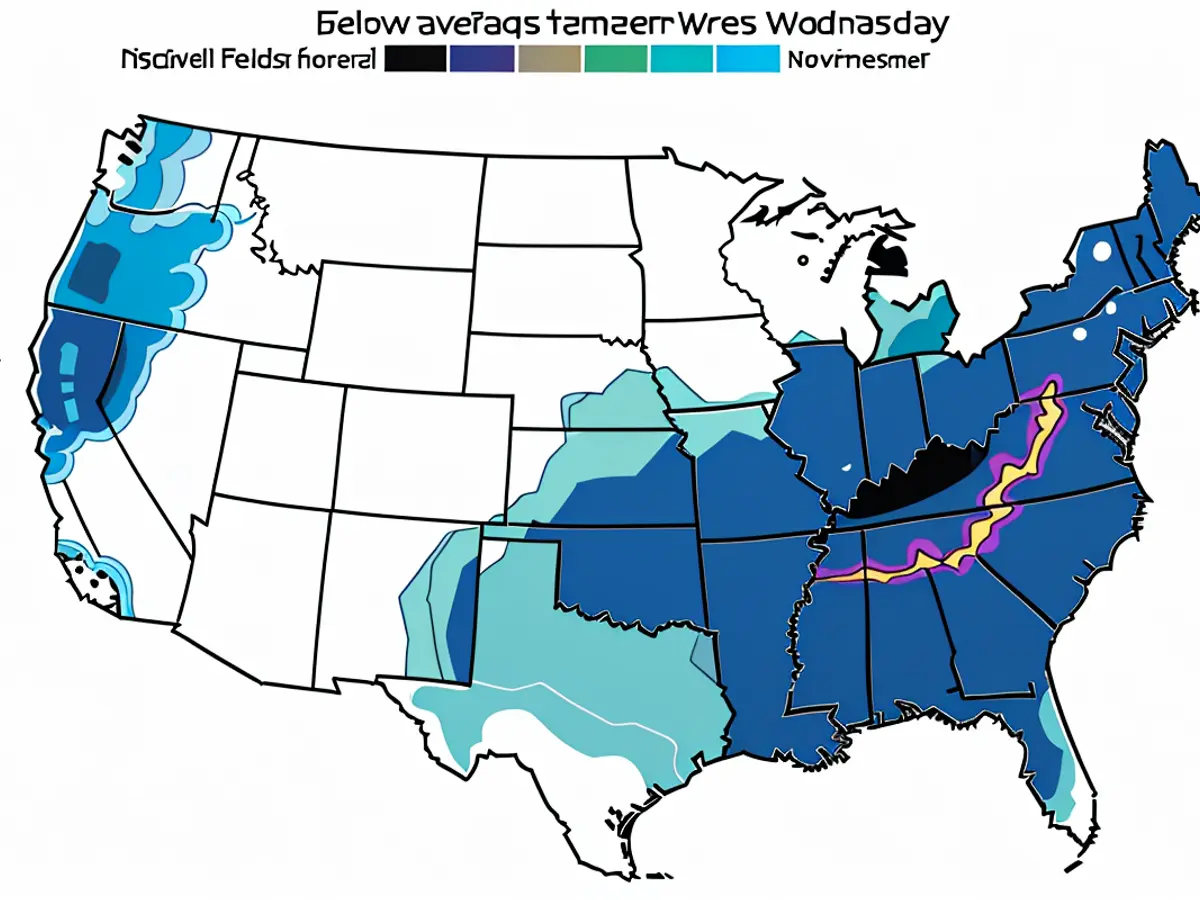Tropical storm Helene predicted to materialize swiftly and amplify significantly prior to striking Florida directly.
The atmospheric disturbance has yet to develop fully but is predicted to soon, hence, the National Hurricane Center labels it as Potential Tropical Cyclone Nine to alert about its looming threat.
Tropical storm and hurricane warnings are active in specific regions of Mexico and Cuba. Similar warnings could be issued for the U.S., with a possible landfall in Florida possibly happening as early as Thursday night.
Potential Tropical Cyclone Nine is a disorganized cluster of showers and thunderstorms revolving in the far western Caribbean Sea. This storm system may lead to potentially flood-inducing precipitation over Central America, Mexico, Cuba, and Jamaica as it attempts to coalesce into a tropical system.
Although its path and intensity may shift, Helene is expected to move northward over extremely heated Gulf of Mexico waters, which could boost its strength upon collision with the US Gulf Coast.
The National Hurricane Center anticipates Helene to dramatically intensify over an unprecedentedly warm Gulf of Mexico – a scenario becoming increasingly probable due to rising fossil fuel pollution-induced global warming.
Strong winds, potentially destructive, and storm surges are likely near where the system eventually makes landfall. The system will also stimulate rough seas in the Gulf and could generate powerful surf and dangerous rip currents throughout the expanded basin, particularly later in the week.
The National Hurricane Center points to Florida’s Big Bend area as the probable landfall location, but people from Florida’s Gulf Coast to eastern Louisiana should remain vigilant this week.
Forecast confidence in the system’s specific trajectory will grow once it forms, as forecast models struggle to precisely determine its path without a defined center to target.
Ensemble forecast models, collections of numerous model runs initiated with slight discrepancies to represent a wide range of outcomes, are focusing on the eastern Gulf Coast as the most probable location for a landfall later in the week. When ensemble tracks converge closer together, it indicates an increased level of confidence in the track.
Although there’s a more focused grouping along the eastern Gulf Coast, it’s not yet a certainty.
Regardless of its exact path, substantial rainfall is possible for a significant portion of the Southeast starting midweek. A level 2 of 4 risk of flooding rain is established for much of Florida, Georgia, Alabama, and parts of the Carolinas on Thursday, according to the Weather Prediction Center.
The storm may become the fourth hurricane to strike the U.S. this year. The other three storms intensified significantly before making landfall as hurricanes: Beryl, Debby, and Francine.
The last time four or more hurricanes impacted the U.S. in a single season was the catastrophic 2020 season.
The weather conditions in the Gulf of Mexico are expected to significantly contribute to Potential Tropical Cyclone Nine's intensification. Residents in Central America, Mexico, Cuba, and Jamaica should monitor the weather closely due to potential heavy rains and floods.








